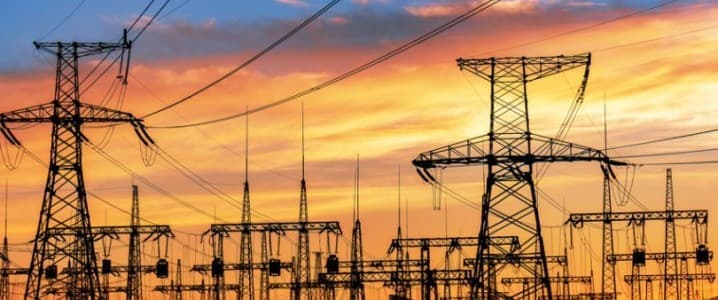China is heading into winter expecting record power use again, and officials are already warning that both electricity load and daily gas demand are likely to set new highs. The NDRC says the heating season will run longer this year. That usually means heavier coal burn and more gas in the mix. Beijing says the system is prepared, pointing to 230 million tons of coal in stock—roughly 35 days—but the last year has shown just how jumpy the grid can get.
In October, power generation climbed almost 8% from a year earlier. Southern provinces were still cooling their homes while northern residents were switching on the heat. Coal ended up covering most of the load when wind and solar didn’t rise to the occasion. September was a different story altogether. Hydro was strong, overall demand softer, and thermal output fell more than 5%. What’s been constant? The swings. There have been big renewable additions on one side, and a coal fleet on the other that still gets pulled in whenever the weather turns.
Gas demand is rising, too.
Heating loads will pick up sharply, and China will lean harder on gas and coal to get through the season. LNG imports are still behind where they were two years ago because domestic gas production is higher and Russia is sending more by pipeline. So the winter mix ends up depending on whatever the dispatchable fleet can handle that week.
Renewables help when they cooperate. This year they haven’t been predictable — hydro strong some months and weak others, wind all over the place. Beijing says new transmission links should smooth out the worst of it, but recent weeks showed the limits. When the south is still cooling and the north is already heating, there isn’t much slack left to shift around. If forecasts are right, this winter will be another reminder that China’s grid still leans on the older parts of the system when things get tight.
By Julianne Geiger for Oilprice.com
More Top Reads From Oilprice.com

